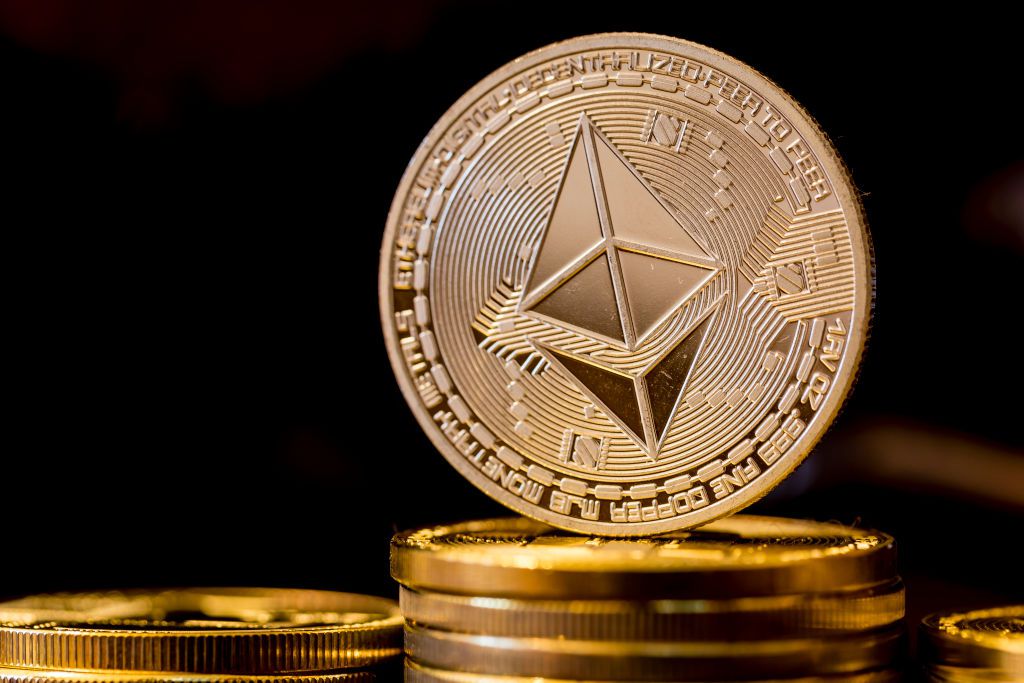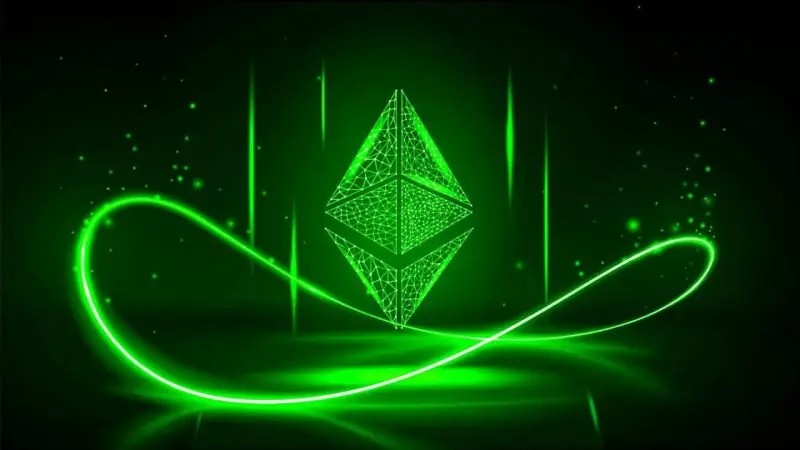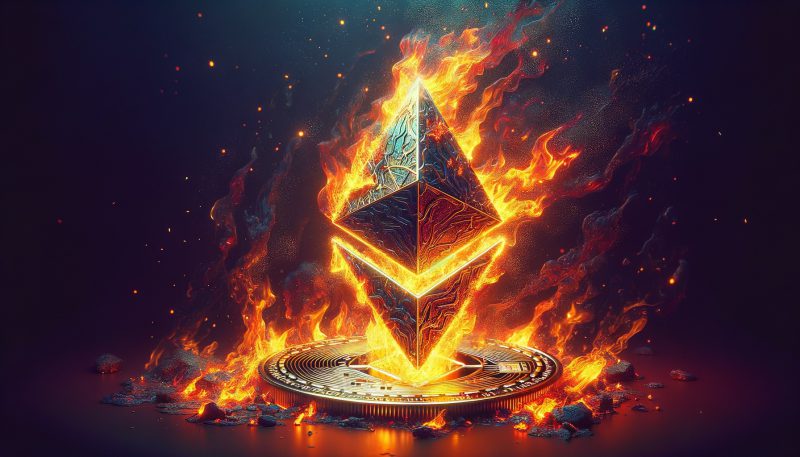Since it arrived in 2015, Ethereum has become one of the most popular digital assets and blockchains available. Indeed, the Vitalik Buterin co-founded network has established itself as the second most prominent cryptocurrency on the market. However, for those new to Ethereum or the industry, there is a lot to learn. In this guide, we will specifically answer what is the Ethereum (ETH) burn address.
Ethereum, like many digital assets, exists in its ecosystem and requires a burn address to remove some of the native tokens from the circulating supply. Different assets can take differing approaches to the issue of supply management. Yet, despite the differences in approach, it does not lessen the overall importance of the process as a whole.
The process of burning in Ethereum is a procedure that sees ETH sent to one address to be removed from circulation. This null address is a unique location and leads to the burning of the asset that is sent there. Moreover, they are unique in that they do not exist in association with anyone, and offer an irreversible purpose of removing both ETH and ERC-20 from the market.
This development is a positive one for the ecosystem as a whole, as it is for all assets. For Bitcoin, as an example, it lessens its overall supply through the Halving event. This is something that happens every four years and slices the overall supply of BTC in half.
For Ethereum, burning is how it maintains the supply and therefore strengthens the overall value of its price over time. Subsequently, without further ado, let’s explore where the Ethereum (ETH) burn addresses are, and some interesting aspects of ETH burning.
Where is the ETH Burn Address?


Also Read: Ethereum Shows Steady Growth; ETH Could Hit $3000 With This Breakout
For the Ethereum blockchain, the Ethereum (ETH) burn address is specifically designated as 0x0000000000000000000000000000000000000000 and is where ETH and other Etheruem-based tokens are sent for permanent removal. The process is called ‘burning’ and is something that has been taken up by a host of different assets currently on the market.
What is also significant about ETH burning is that the address does not have a private key. What this means is that any tokens that are sent to this address are unretrievable. There is no way to access them, or for them to be transacted to different wallets again. Therefore, the conclusion of a transaction to the burn address is the decimation of whatever ETH, or ERC-20 tokens that you have sent.
Also Read: Ethereum (ETH) Valentine’s Day Price Prediction
According to Etherscan, the previously mentioned null address currently features more than 13,300 ETH. Moreover, these tokens equal a value of more than $34 million since the null address has been active. This notes a rather remarkable portion of ETH has been sent to the burn address since its debut in 2015. Subsequently, the overall value of the tokens has seen an immense increase.
Although the process of burning ETH has existed since the beginning, 2021 saw a new development in the ETH ecosystem come to fruition. This saw a massive change in how much ETH would be burned thanks to a change within the functionality of Ethereum as a network.
What Is EIP- 1559?


Also Read: Ethereum (ETH) Could Rally 1000% to $27k: Predicts Expert
Specifically, this change took place through the implementation of Ethereum Improvement Proposal (EIP) 1559. This proposal first came to fruition in 2021 and brought forth a new mechanism that would aid the burning of ETH.
Every transaction that occurs on the Ethereum blockchain requires a gas fee to be paid. This is a number that is developed through an algorithm that takes data from network activity and volume. What EIP-1559 does is take that base fee and send it to the null address to be burned.
This integration does a couple of key things that should benefit the Ethereum ecosystem over time. First, it will allow greater predictability for Ethereum fees. Therefore attempting to lessen how high the fees have gotten in the past. Secondly, it will reinforce the asset’s deflationary infrastructure through the proposal. Therefore, helping to secure the value that the asset maintains over time.





